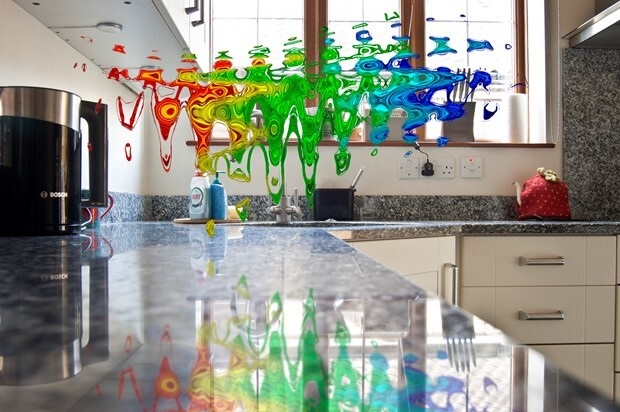Age-Related Macular Degeneration
- 0About this program
- 1What is Age-Related Macular Degeneration?
- 2What is the macula?
- 3What are the symptoms?
- 4How is AMD diagnosed?
- 5How to use an Amsler grid
- 6How is AMD treated?
- 7What is Charles Bonnet Syndrome?
- 8What do these hallucinations look like?
- 9Why do these hallucinations happen?
- 10Can you stop these hallucinations?
- 11What do we still need to know?
- 12Support
- 0About this program
- 1What is Age-Related Macular Degeneration?
- 2What is the macula?
- 3What are the symptoms?
- 4How is AMD diagnosed?
- 5How to use an Amsler grid
- 6How is AMD treated?
- 7What is Charles Bonnet Syndrome?
- 8What do these hallucinations look like?
- 9Why do these hallucinations happen?
- 10Can you stop these hallucinations?
- 11What do we still need to know?
- 12Support
Content on HealthUnlocked does not replace the relationship between you and doctors or other healthcare professionals nor the advice you receive from them.
Never delay seeking advice or dialling emergency services because of something that you have read on HealthUnlocked.
Can you stop these hallucinations?

The Macular Society has sponsored research by Dr Dominic ffytche of the Institute of Psychiatry in London into non-drug treatments for visual hallucinations.
Dr ffytche recommends using eye movements to lessen the impact and length of hallucinations.
Eye movements activate visual parts of the brain in people with macular disease – even if they have little remaining vision.
These movements may stop certain types of hallucinations, particularly the grids, checkerboards, lattices and colours.
These exercises may help hallucinations disappear:
Imagine two points about a metre (3ft) apart on a wall in front of you. Stand about a metre and a half away and look from one point to the other once every second or faster for 15–30 seconds, followed by a break of a few seconds. Keep your head still and hold your eyes open during these movements.
If your hallucinations continue, try repeating this exercise. If the hallucinations are still there after four or five attempts, the technique is unlikely to work. You may however want to try again on another occasion or for a different type of hallucination.
Shut your eyes or look away from the image.
Switch on the room lights.
Simply get up and do something else.
This can cause the hallucinations to disappear and be managed.
The Macular Society has sponsored a project to investigate whether using a non-invasive mild electric current can stop visual hallucinations. The technique is called ‘transcranial direct current simulation’ (tDCS). If successful it will offer an alternative to medication.
Content on HealthUnlocked does not replace the relationship between you and doctors or other healthcare professionals nor the advice you receive from them.
Never delay seeking advice or dialling emergency services because of something that you have read on HealthUnlocked.